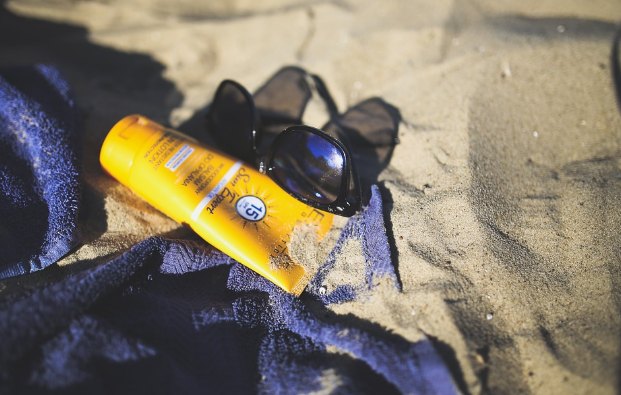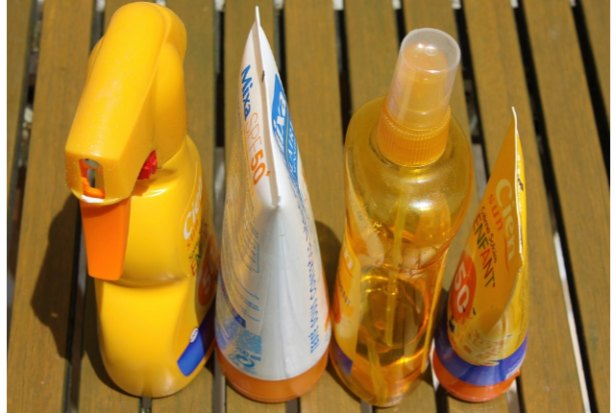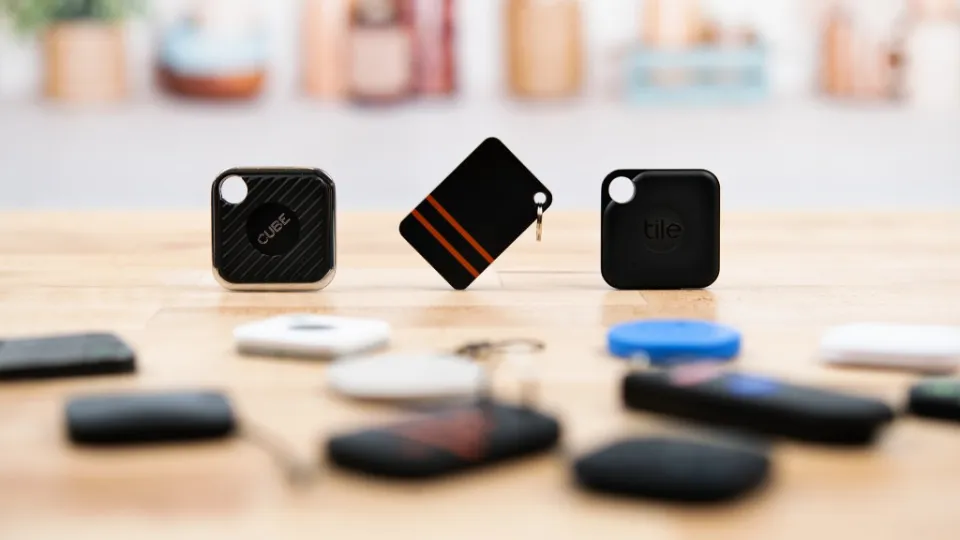1 in 5 By the time they turn 70, Americans will have skin cancer. In the United States, skin cancer diagnoses are increasing every year. than all other cancers combined. The main factor causing skin aging is unprotected sun exposure. Is the difference between SPF 30 and SPF 50 really that significant? You can choose what is best for your lifestyle and skin type with the assistance of this article.
Why You Need SPF
- Skin cancer is preventable with SPF
Sunscreen usage on a daily basis helps prevent skin cancer. Put on your SPF whether it’s sunny, cloudy, snowing, or raining. Why? Because the sun’s harmful UV (ultraviolet) radiation is present year-round, rain or shine. At least 40% of the UV radiation reaches the earth on cloudy days.
- Sunscreen use can also significantly slow down the aging process of the skin.
80% of skin aging is caused by the sun. 80 percent! This means that by simply limiting your time spent in the sun, you can significantly delay the appearance of wrinkles, lines, sagging skin, and dark spots—all telltale signs of aging skin.
Absolutely not; there is always time.Only 23% of lifetime sun exposure takes place by age 18. Meaning that sun damage is continuous and cumulative. By using sunscreen and limiting your skin’s exposure to the sun, you can lessen the damage sustained during your adult years.
SPF30+ Vs. SPF50+
SPF 30 What Does It Mean?
The SPF number you see on products ONLY measures protection against the
Not UVA, but UVB radiation.
A SPF of 30 means that only 3% of UVB radiation reaches the skin. To put it another way, SPF 30 offers 97% UVB ray protection.
SPF 50 What Does It Mean?
If you use an SPF 50, you will receive 98% UVB protection. Just 1% more than 30 is what that is. And frequently, products with a higher SPF, like 50, cost more. And is it worthwhile if you have to pay 30–50% more for just 1% more protection?
When comparing SPF 15 to SPF 30 to SPF 50, the higher the SPF, the better. The additional protection is minimal for SPFs greater than 30, though.
It doesn’t really matter whether you choose a broad spectrum SPF 30 or 50 as long as you use sunscreen every morning. Additionally, if you’re outside, keep applying throughout the day.

Which One Should I Choose
A sunscreen’s SPF (Sun Protection Factor) rating indicates how well it shields skin from sunburn. Sunscreen with an SPF of 30 lets through 1/30th of the ambient UV, SPF of 50 lets through 1/50th, and so on. To get the SPF protection listed on the label, sunscreen must be applied liberally.
We recommend using any sunscreen that is labelled broad spectrum, water-resistant and SPF30 or above. It’s interesting to note that SPF50+ only slightly outperforms SPF30+ in blocking Ultra Violet (UV) radiation, blocking 98% of UV radiation as opposed to SPF30’s 96.7.
SPF50+ sunscreen still needs to be used liberally, reapplied every two hours (or after swimming, exercising, or towel drying), and combined with other sun protection gear like sun protective hats, clothing, sunglasses, and shade.
What Do All the Sunscreen Terms Mean?
- SPF: A sunscreen’s SPF (Sun Protection Factor) rating indicates how well it shields the skin from sunburn. To receive the SPF protection listed on the label, sunscreen must be applied liberally.
- Water resistant: when not wiped off, does not come off the skin while swimming or exercising. Even if a sunscreen’s label claims it is “four hours water resistant,” sunscreen still needs to be reapplied every two hours to provide the same level of protection.
- Broad-spectrum: Sunscreens with a broad spectrum filter UVA and UVB rays. Sunburns are primarily caused by UVB, while wrinkles, thickened skin, and blotchy skin are primarily caused by UVA. UVA and UVB both increase the risk of skin cancer.
- The ‘+’ sign: “More than” is denoted by the plus sign. In tests, sunscreen with an SPF of 50 or higher must offer at least SPF60. This is due to the fact that the same batch of sunscreen will test slightly differently in various laboratories using various methodologies. Testing at SPF60 eliminates all room for error. Some sunscreens with the SPF30+ label in the earlier 1998 standard actually offered much higher protection, but labels higher than 30+ were not permitted. The “+” sign following SPF30 is no longer necessary under the new standard because sunscreens may be labeled with SPF values higher than SPF30.
How to Apply Sunscreen
Regardless of whether the label directs you to, apply a generous amount of sunscreen 20 minutes before going outside and again every two hours.
One teaspoon of sunscreen should be applied to each arm and leg of an adult of average size. A teaspoon each should be applied to the front and back of the body, as well as the face/neck (including the ears). The total amount of sunscreen needed for one full body application is seven teaspoons, or 35ml.
Many Australians forget to reapply every two hours or apply too little sunscreen. This indicates that they typically receive less protection than the amount listed on the product label. Sunscreen is frequently applied unevenly and is easily removed, as well as losing effectiveness due to sweating. In order to stay protected, reapply sunscreen every two hours. Remember to reapply after participating in water sports or swimming.
How Often Should I Apply Sunscreen?
Contrary to what is stated on the packaging, guidelines call for sunscreen with SPFs of 30 or higher to be applied every two hours. Reapply as well if you have just swam, perspired, or dried your towel. While some sunscreens might be water- and sweat-resistant, they are not waterproof and can rub off.
If you’re unsure of how to properly use, select, or store sunscreen, you can read more about it here.
On an adult of average size, it is suggested to use about 35ml of product. estimated at one teaspoon per limb, face, and front and back of the body. To reduce your risk of developing deadly skin cancer, you must apply this liberally and frequently. Of course, in addition to other sun protection measures like wide-brimmed hats, security attire, sunglasses, and shade.
FAQs
Can You Tan With Sunscreen SPF 50?
Around 2% (one-fiftieth) of UV rays pass through SPF 50, which filters out approximately 98% of UV rays. Contrarily, SPF 30 only lets through 3.3% (one-thirtieth) of UV rays while blocking 96.7% of them. In other words, SPF 50 only protects you 1.3% more than SPF 30.
What Are the SPF 50 Sunscreen Side Effects
- Acne.
- skin that is burning, itching, or stinging.
- earliest manifestation of skin redness or swelling
- Late onset of rash with or without weeping blisters that crust over, especially in sun-exposed areas, and may spread to skin that is not exposed.
- Pain in hairy areas.
- The hair follicles are pussy.








